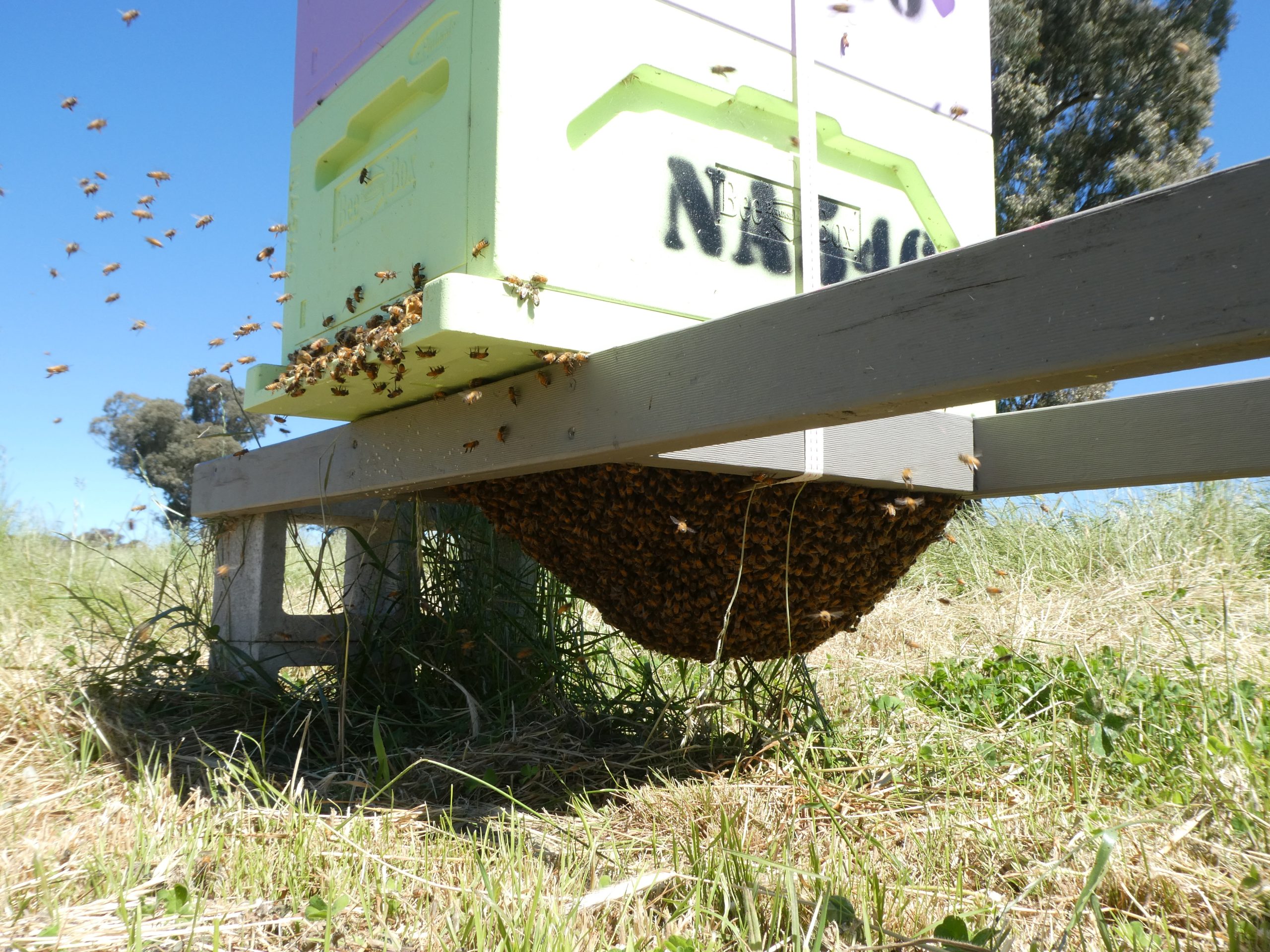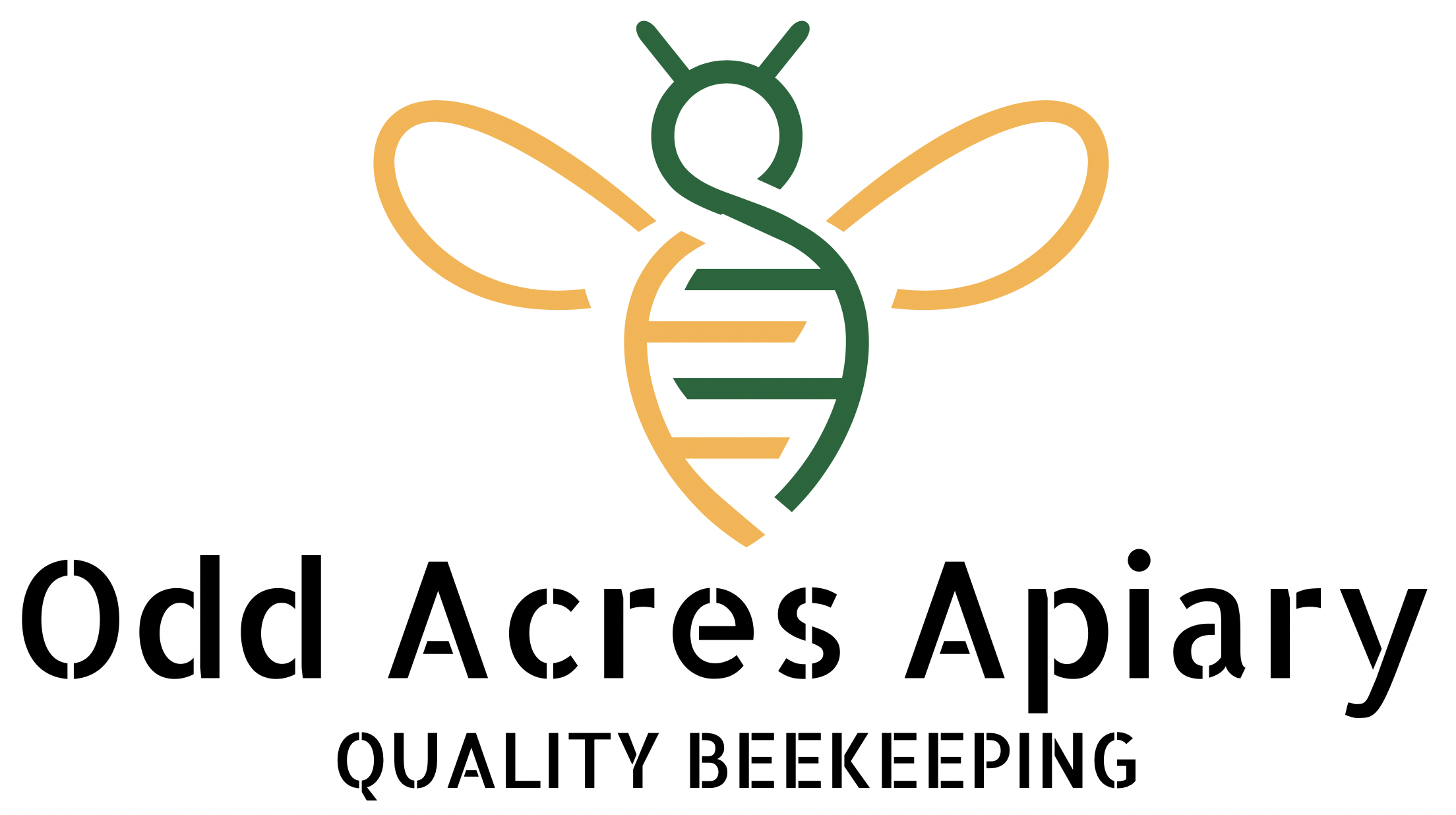
The Swarm Queen, Part 2 – The Rise of the Drone King
In our previous blog, The Swarm Queen – Part 1, we discussed how we would catch swarms to study the behaviours and traits of wild bees in and around our apiaries.
As queen bee breeders, we are interested in understanding the characteristics of the wild bees – whether they have predominantly good or bad traits and how this may impact our breeding. Try as we might, we have low confidence that our drones out-compete the wild bees to any significant attempt, so the bees around us will dominate our queen bee mating efforts. We have kept bees in our mating yard areas for nearly seven years. We are uncertain whether our drones have impacted the genetics of the wild bees. Soon, though, none of our drone impact on the wild bees will matter.
With Varroa on our doorstep and its ever-onward march across the country, we believe wild bees will essentially disappear. It is hard to say how long the impact of Varroa will take, yet we suspect un-treated bees will be virtually extinguished within three years when Varroa becomes endemic in an area. Therefore, it is likely when our virgin queens launch on their mating flights from our mating yards in the near future, the chances will significantly improve for our virgin queens to mate with our drones or drones from treated colonies in our areas.
What do swam catching and Varroa mean to each other? Identifying bees from an area where Varroa is endemic, there is the possibility swarms may have traits that enable the bees to survive with Varroa.
How do you tell if a wild swarm is not a swarm from an escaped, treated, managed colony? In most cases, we cannot unless we spend time observing the swarm to understand its capabilities. The alternative is finding the actual colony location where we can locate the wild colony to confirm it is a wild colony. If the wild bee hive is accessible, we can catch a sample of drones from the hive and use the drones in our breeding work.
As such, swarms do not matter much, yet the drones may be worth more. We will spend more time learning as much as we can from Dr Thomas Seeley and his “bee-lining” techniques. If you are interested in bee-lining, excellent videos explain the theory and techniques. This video by Thomas Seeley provides a quick introduction.
Note: The image above is one of our hives that swarmed in early 2022 and returned to the hive several days later for reasons only the swarm knew.
![]()

